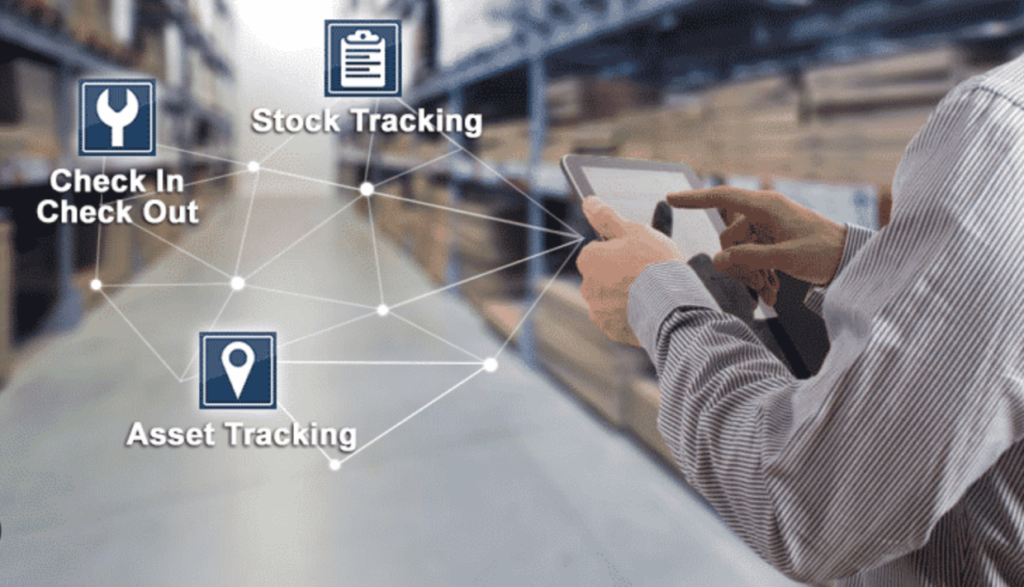
RFID asset tracking is a unique process of tracking business assets such as stock, equipment and inventory through the use of RFID readers and tags.
Driven by the technological rise of the Internet of Things (IoT), radio frequency identification (RFID) has become a must-have tracking technology for organizations that rely heavily on their assets. From tracking airline baggage to improving retail store security, the ability to connect physical assets to data collection tools such as asset tracking software has proven to be revolutionary.
As companies continue to strive for complete management of their revenue-critical assets, RFID asset tracking has proven to be a technology of choice. With benefits such as reduced labor time and real-time location tracking.
What is RFID asset tracking?
In its simplest form, RFID asset tracking is a way to automate the process of managing and locating physical assets. It works by loading an RFID tag with data and attaching it to a relevant asset. This data can include anything from name, status, quantity and location.
Using radio waves, an RFID reader is able to recognize the tags and the data stored on them. Finally, it is collected in a sophisticated asset tracking system where the data can be supervised and monitored.
The ability to automate tracking and monitoring processes is intended to put an end to error-prone paper, pencil and Excel spreadsheet methods. Other benefits include:
- Tracking multiple assets at once.
- Elimination of human intervention.
- Real-time data collection.
- Improved asset visibility.
- Locating lost or misplaced assets.
- Maximize inventory accuracy.
As a company that depends on the availability of its high-value assets to generate revenue, you understand the importance of asset tracking and effective inventory management. Whether it’s inventory, tools, IT devices, vehicles or even employees.
While there are a number of options available to facilitate the asset tracking and monitoring process, there is one tracking technology that delivers total efficiency in the most cost-effective way – RFID.

How does RFID asset tracking work?
Whether it is used in agriculture to track livestock or in a warehouse to monitor a manufacturer’s supply chain, the basic principles of how an RFID tracking system works are much the same. First, you will need the right tools:
- RFID tags (passive, active or semi-passive).
- An antenna.
- An RFID reader.
- A computer database equipped with asset tracking software
Once the right equipment is installed, the RFID asset tracking process can be divided into four stages:
- Data is stored on an RFID tag, with a unique Electronic Product Code (EPC), and attached to an asset.
- An antenna identifies the signal from a nearby RFID tag.
- An RFID reader connects wirelessly to the antenna and receives the data stored on the RFID tag.
- The RFID reader transmits the data to an asset tracking database where it is stored, evaluated and processed.
Depending on how you decide to implement your RFID asset tracking system, the initial process is relatively straightforward.
What are the advantages of using RFID for asset tracking?
Increasing consumer and stakeholder demands have solidified the need for asset-intensive companies to implement effective asset tracking solutions. Regardless of your company’s size, type or industry, all objectives are relatively similar when it comes to asset management. You need a tracking system that enables you:
An RFID asset tracking system not only provides the tools to meet these expectations, but can also benefit other areas of your asset tracking operations.
- Reduce costs.
- Increase asset visibility.
- Maximize workplace efficiency.
- Improve customer experience.
In Edintel we have the right team to solve your needs in relation to the above mentioned topic, you can contact us and we will assist you as soon as possible.




